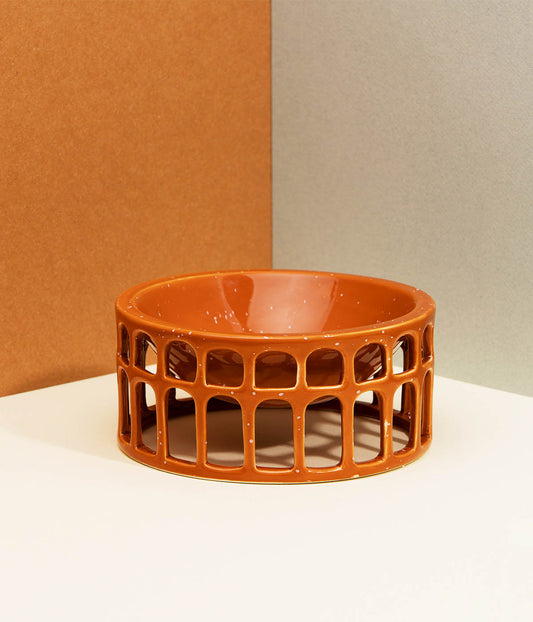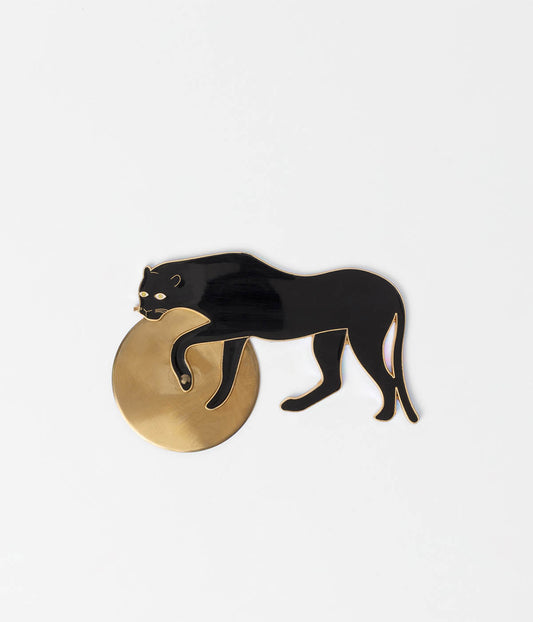
How to Safely and Effectively Remove a Tick From Your Dog
Marie DuchessAs a dog owner, it's important to be prepared for any situation that may arise. One such situation is finding a tick on your furry friend. Ticks can carry diseases and cause discomfort for your dog, so it's crucial to know how to safely and effectively remove them. In this blog post, we will guide you through the steps of removing a tick from your dog.
What tools do you need?
Before you begin, gather the necessary tools. You will need a pair of fine-tipped tweezers, rubbing alcohol, gloves, and a container to dispose of the tick.
Step-by-step guide to removing a tick
1. Put on a pair of gloves to protect yourself from any potential diseases the tick may carry.
2. Use the fine-tipped tweezers to grasp the tick as close to your dog's skin as possible. Be gentle but firm in your grip.
3. Slowly and steadily pull the tick straight out, without twisting or jerking. This helps to ensure that the tick's mouthparts are fully removed.
4. Place the tick in a container with rubbing alcohol to kill it. This prevents the tick from reattaching to your dog or crawling away.
5. Clean the area where the tick was attached with rubbing alcohol or an antiseptic solution.
6. Monitor your dog for any signs of infection or illness in the days following the tick removal. If you notice any unusual symptoms, consult your veterinarian.
What not to do
It's important to know what not to do when removing a tick from your dog:
- Do not try to burn the tick off with a match or cigarette. This can harm your dog and increase the risk of infection.
- Do not use petroleum jelly, nail polish, or other substances to suffocate the tick. These methods are ineffective and may cause the tick to release more saliva, increasing the risk of disease transmission.
- Do not squeeze or crush the tick's body. This can also increase the risk of disease transmission.
Preventing tick infestations
While it's important to know how to remove a tick, prevention is key. Here are some tips to help prevent tick infestations:
- Use tick prevention products recommended by your veterinarian.
- Keep your dog's environment clean and free of tall grass and brush.
- Check your dog for ticks regularly, especially after spending time in wooded or grassy areas.
- Consider vaccinating your dog against tick-borne diseases.
By following these steps and taking preventive measures, you can keep your dog safe from ticks and the diseases they carry. Remember, if you have any concerns or questions, don't hesitate to reach out to your veterinarian for guidance.













